Flipping an image in Canva
- Open Canva and upload your image
- Select the image and locate the flip tool
- Perform a horizontal or vertical flip
- Adjust and refine your flipped image
Design is about more than colors and fonts — sometimes a simple image flip can dramatically improve your layout’s balance, symmetry, or storytelling. Whether you’re designing a flyer, a social media post, or a website header, mastering basic image editing in Canva can go a long way.
Flipping an image is a beginner-friendly Canva design feature that unlocks a surprising amount of visual potential. And the best part? You can do it in just a few clicks.
Let’s walk through when and why you would want to flip an image in Canva, as well as how to do it — and how you can take your design even further with tools like Jotform for Canva.
Why you might need to flip an image in Canva
Flipping an image isn’t just about aesthetics. It’s a practical design skill that lets you achieve different visual effects. Here are a few scenarios where flipping comes in handy:
- Mirroring effects: Create striking symmetrical visuals perfect for logos, social media posts, or artwork.
- Aligning design elements: Balance your design by flipping elements to complement each other visually.
- Directional adjustment: Adjust an image’s direction to match the flow of your layout, allowing viewers’ eyes naturally follow the intended path in your design.
These examples are especially relevant for anyone just starting out as a web designer who wants to enhance their design without advanced tools.
Step-by-step guide: How to flip an image in Canva
Flipping an image in Canva is something you can do in four quick steps:
Step 1: Open Canva and upload your image
Log into Canva and create a new design or open an existing one. Click on Upload files and select the image you want to edit. Drag the image onto your design canvas.
Step 2: Select the image and locate the flip tool
Click on your uploaded image to activate the editing toolbar at the top of your screen. Look for the Flip option.
Step 3: Perform a horizontal or vertical flip
Canva offers two flipping options:
- Flip horizontal — This mirrors your image from left to right.
- Flip vertical — This mirrors your image from top to bottom.
Click the desired option and your image will instantly flip.
Step 4: Adjust and refine your flipped image
Once you’ve flipped your image, you may need to reposition or resize the image to fit your layout with Canva’s drag-and-q function. If you’re combining images for creative effects, use guides and grids to align everything neatly.
Pro Tip
Need to use flipped visuals in infographics? Check out our data visualization best practices to learn how imagery can support storytelling.
Enhance your Canva designs with Jotform
Combining Canva with Jotform can elevate your designs and streamline your workflow significantly. With Jotform for Canva, you can embed forms directly into your Canva creations, so you don’t need to toggle between different platforms.
Jotform gives you access to over 10,000 free form templates, which makes your form creation process simple. You can effortlessly collect e-signatures, securely process payments, and create dynamic forms using conditional logic. Plus, its automated workflows and centralized data collection make managing submissions a breeze.
Need more tools to optimize your visuals? Learn more about data visualization and how Jotform can help turn your design into something functional and interactive.
Better designs mean better results
Knowing how to flip an image in Canva might seem like a small skill to add to your tool belt, but it’s the tiny tweaks that often separate beginner designs from polished, professional ones. Whether you’re aiming for a clean and symmetrical aesthetic, trying to fix an awkward layout, or experimenting with mirrored effects, flipping images adds flexibility to your creative process.
As you build your skills with tools like Canva and Jotform, you’re not just learning design tricks — you’re also developing the instincts to create intentionally. And if you’re working on your first site or visual project, mastering these beginner tools is a big step toward becoming a confident designer.
This article is for beginner designers, small business owners, content creators, and anyone using Canva to create visuals for social media, websites, or marketing materials
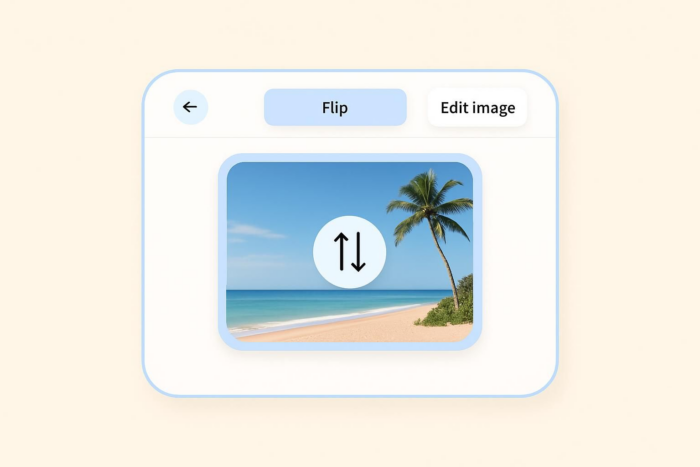




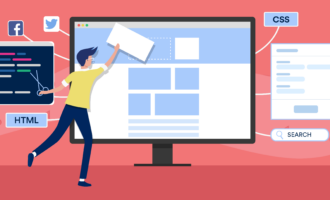

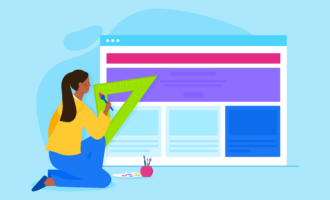


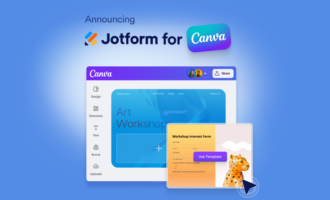
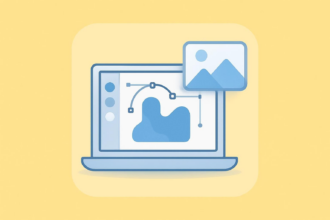

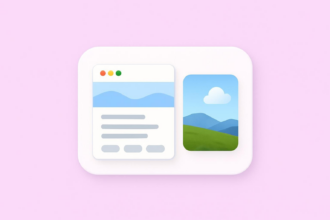
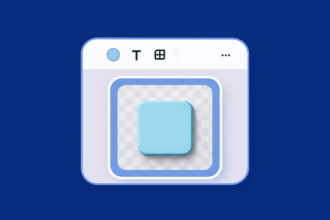

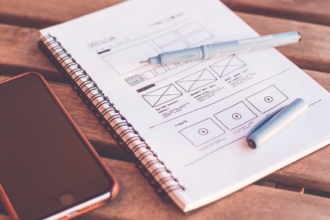




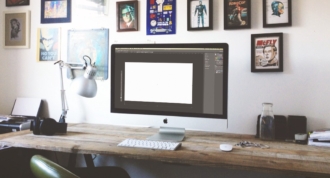

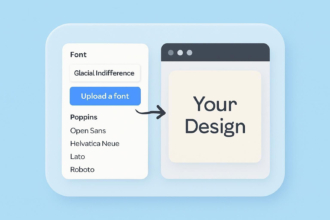

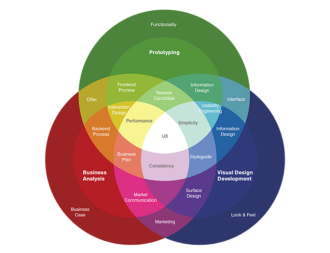




Send Comment: